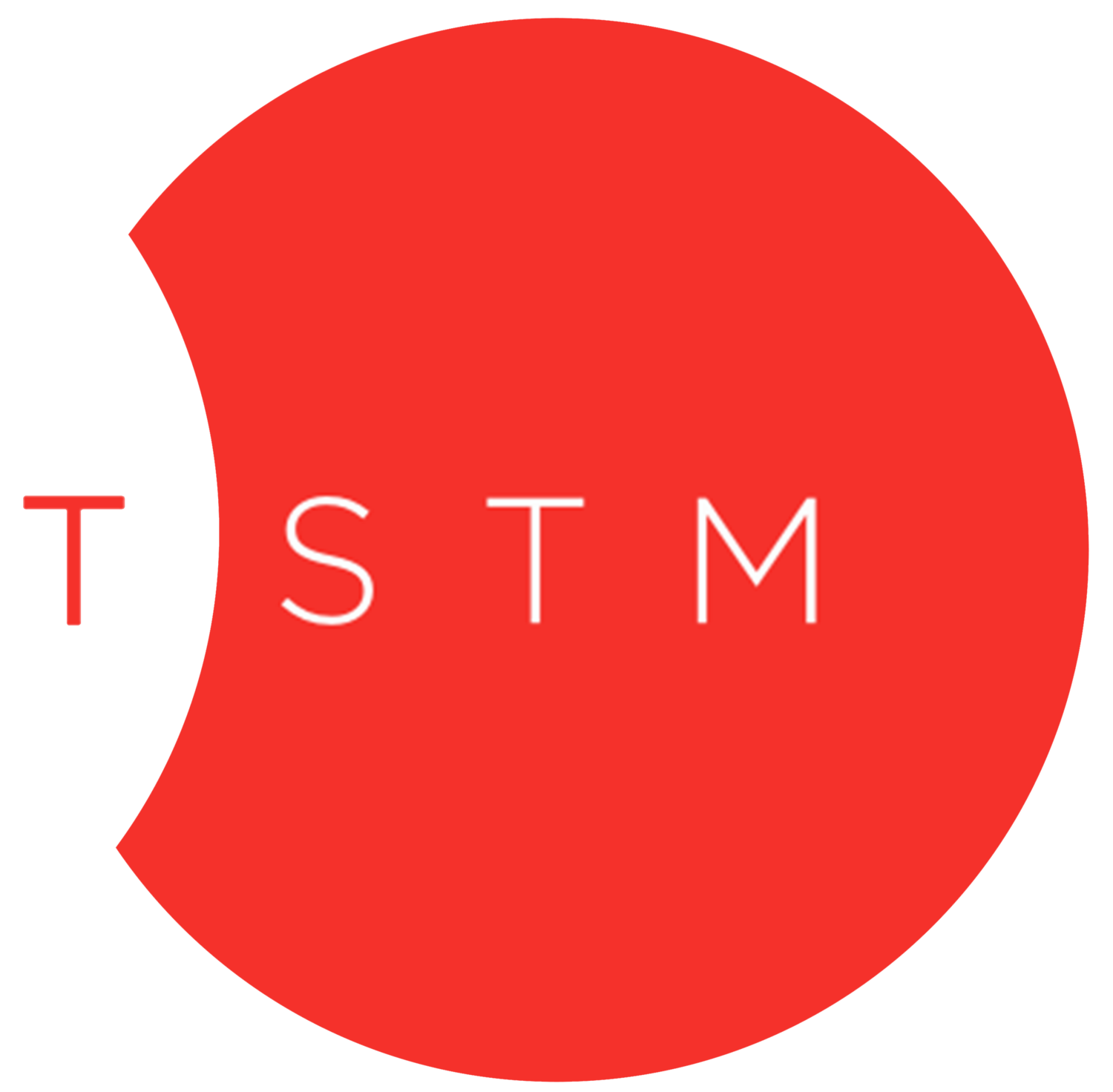Personal trainers are always looking for quick and effective tips to share with their clients. Tips on exercise performance, enhanced recovery, improved sleep, digestive health, nutrient intake, and stress levels are all beneficial for our overall training results and our healthspan.
So, here is a simple, effective, safe, cheap and easily accessible nutrition tip that clients can use to lower inflammation and improve digestive health.





